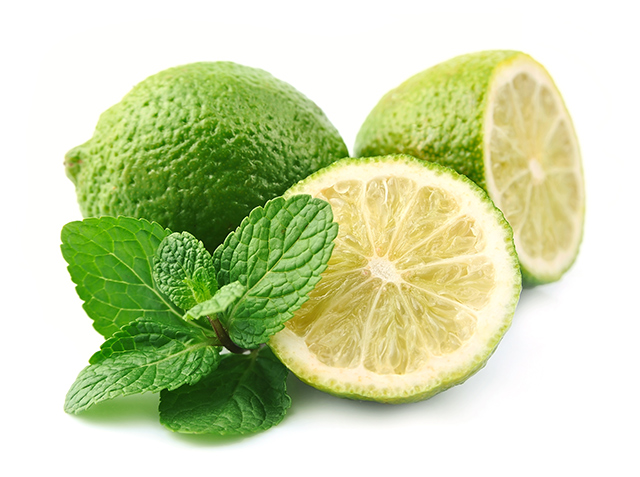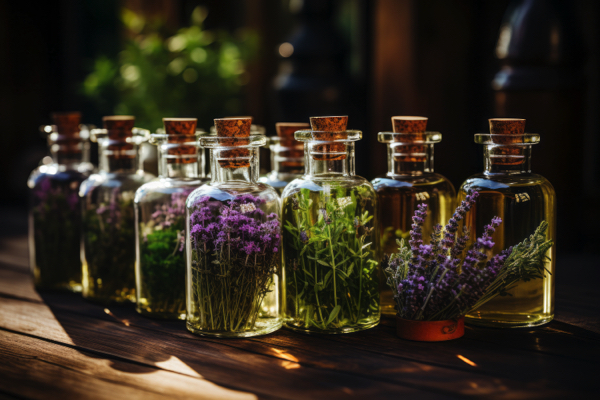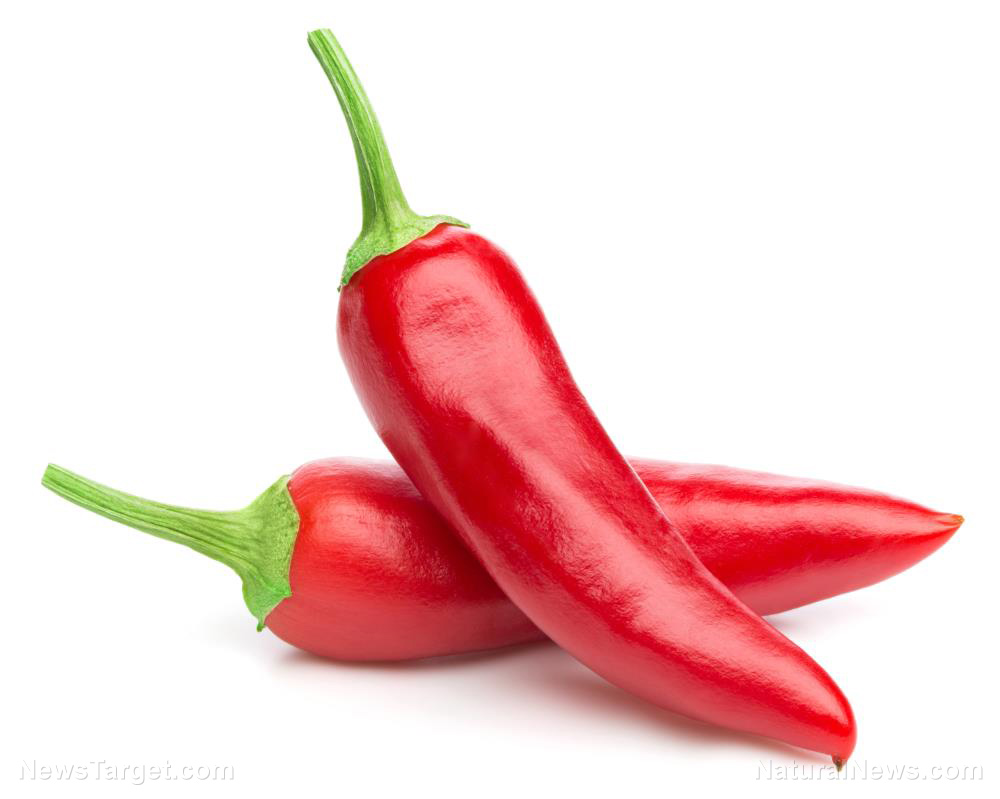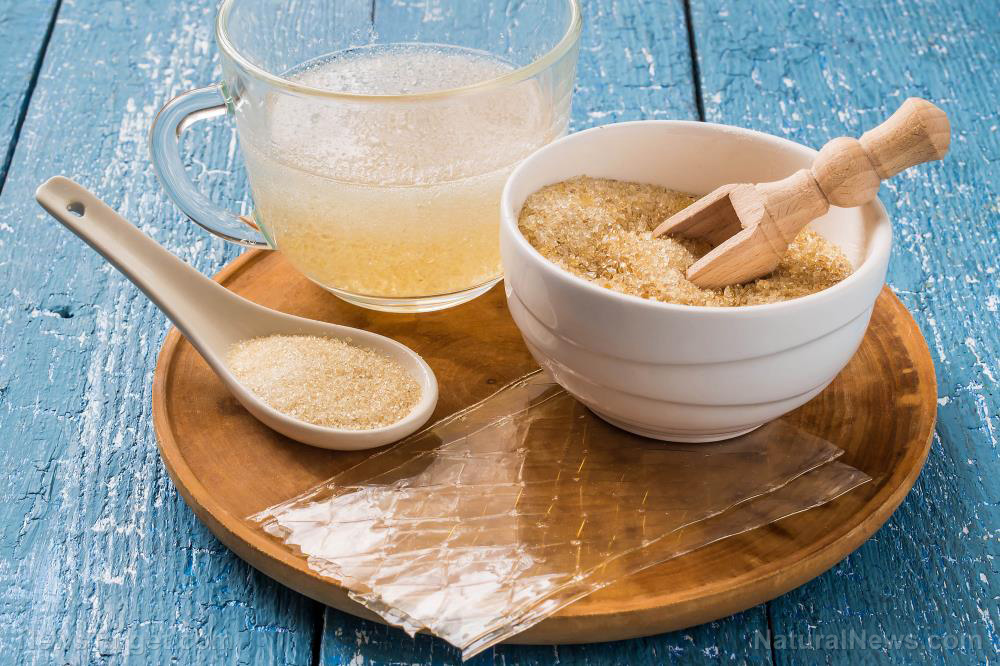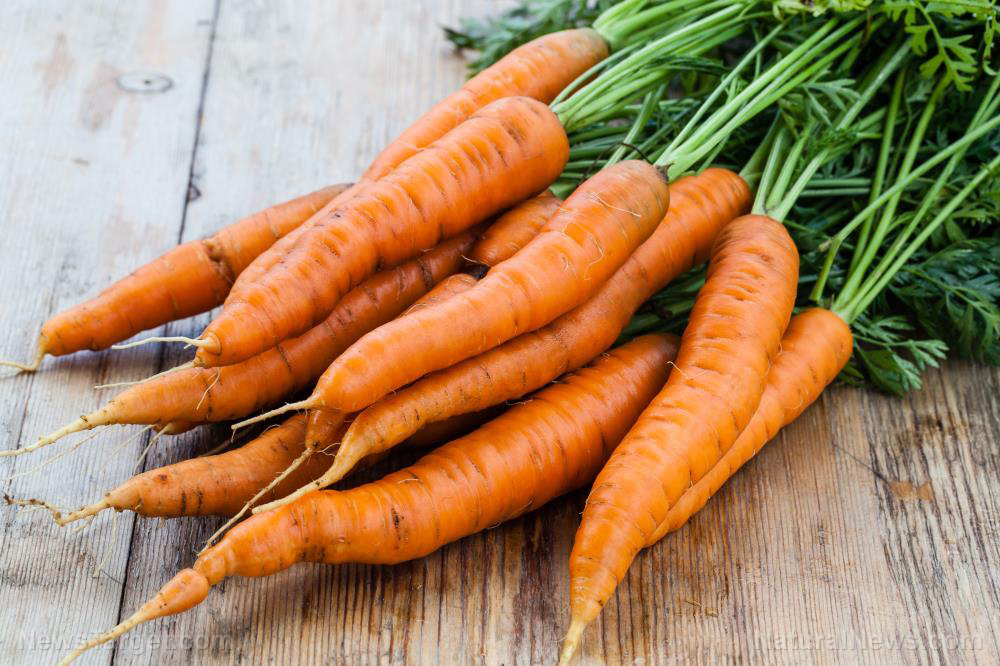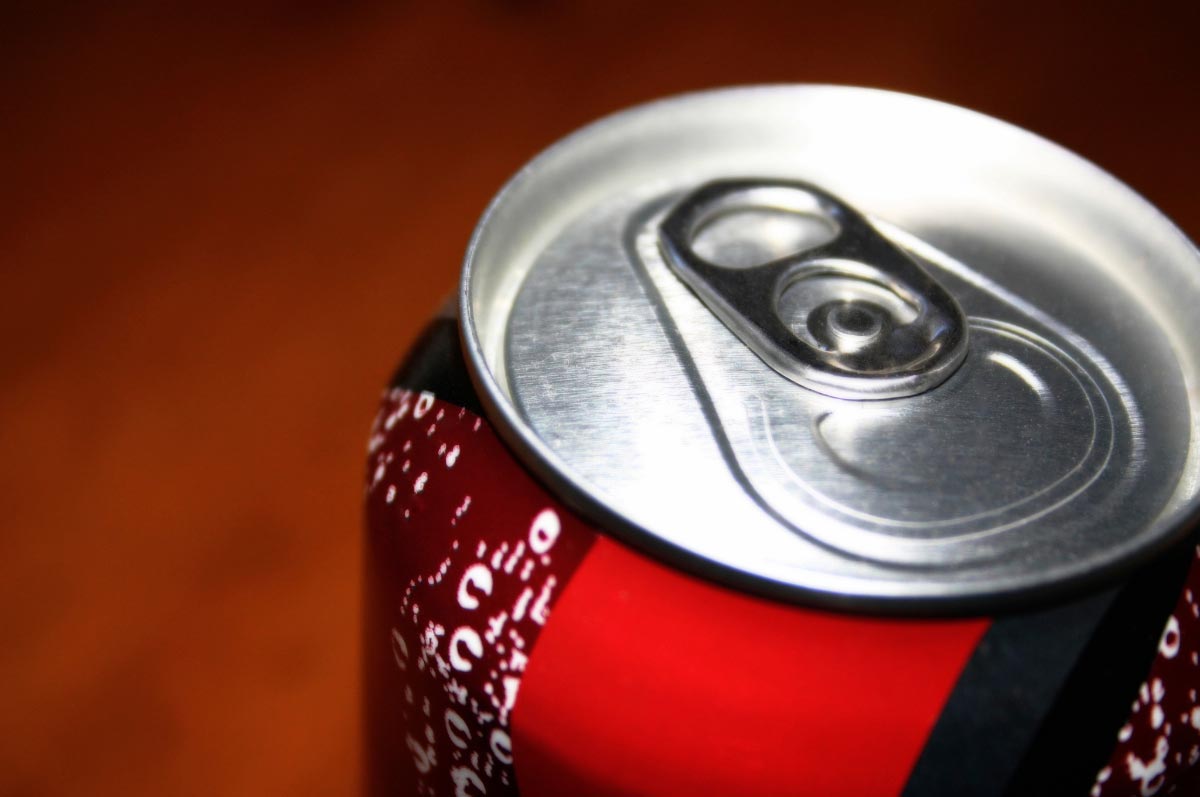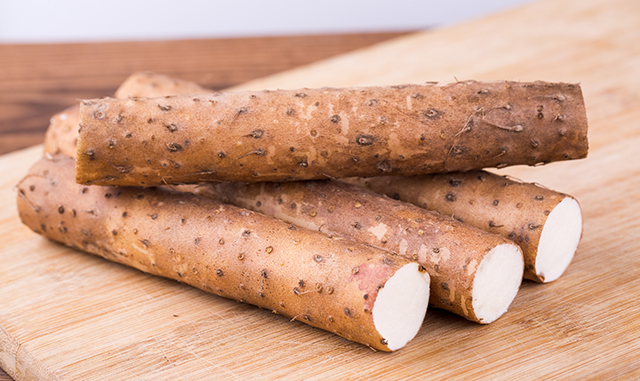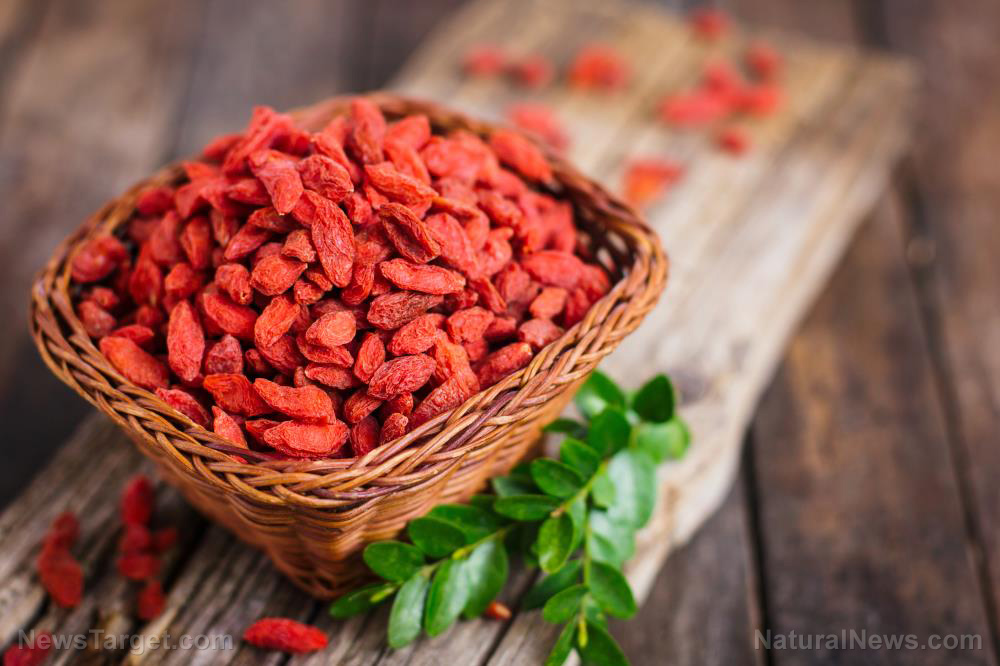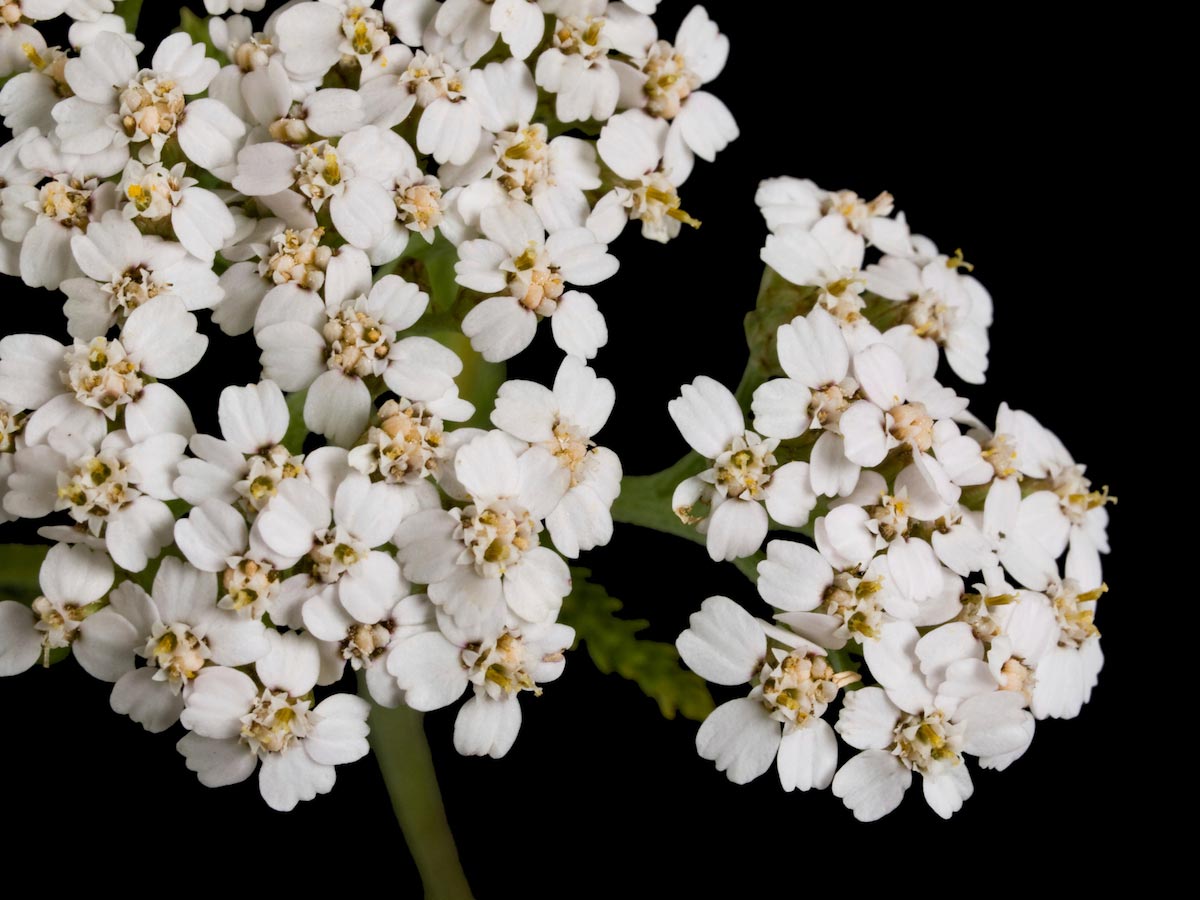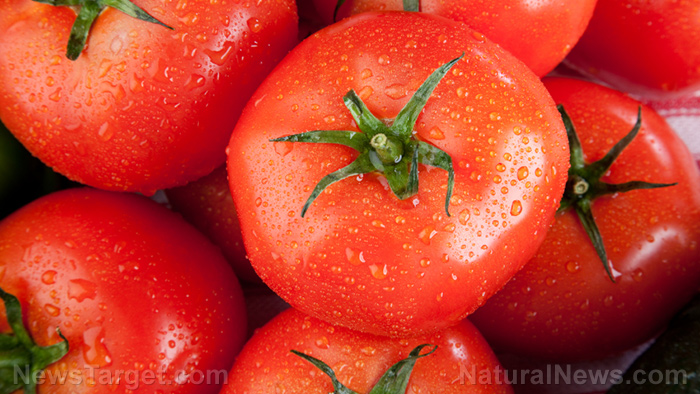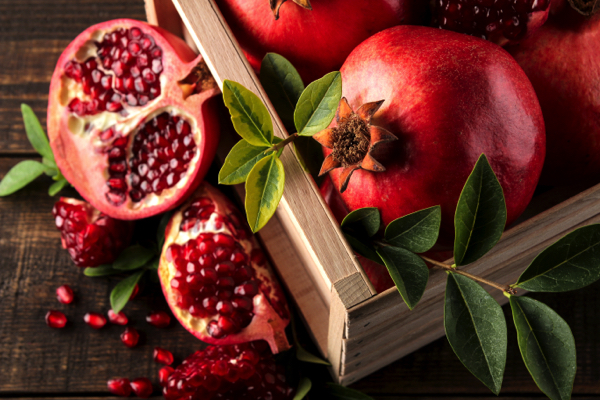Nature’s chemo? Scientists discover fermented stevia extract kills cancer cells without harming healthy ones
07/24/2025 / By Ava Grace
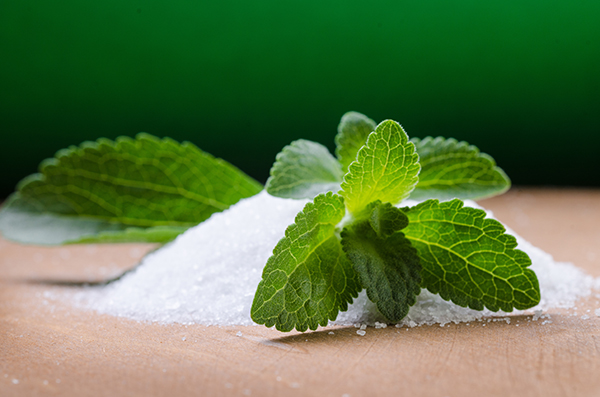
- Researchers at Hiroshima University found that fermenting stevia leaves with Lactobacillus plantarum (a bacteria in yogurt, kimchi and sauerkraut) produces a compound (CAME) that selectively kills pancreatic cancer cells while sparing healthy ones.
- Pancreatic cancer has a low survival rate due to late diagnosis and treatment resistance. CAME triggers apoptosis (programmed cell death) in cancer cells and inhibits their spread, offering a promising alternative to conventional therapies.
- Unlike chemotherapy, which harms healthy cells, fermented stevia extract showed minimal toxicity to non-cancerous cells in lab tests, suggesting fewer side effects. It also exhibited enhanced antioxidant properties, protecting cells from oxidative damage.
- While results are promising, further testing in animals and humans is needed. Challenges include standardizing production and ensuring consistent fermentation conditions for therapeutic efficacy.
- The study highlights how natural, low-tech solutions — like fermented foods and traditional remedies — could unlock groundbreaking medical treatments, challenging the reliance on high-tech, expensive research.
In a world where medical breakthroughs often come from billion-dollar labs and cutting-edge technology, researchers at Hiroshima University have discovered a potential cancer fighter hiding in the most unexpected places: the fermented leaves of a plant often used as a natural sweetener.
Their study, published in the International Journal of Molecular Sciences, reveals that when stevia leaves are fermented with Lactobacillus plantarum, a common bacteria found in sauerkraut, kimchi and yogurt, they produce a compound that aggressively attacks pancreatic cancer cells while sparing healthy ones.
This discovery could be a game-changer in the fight against one of the deadliest forms of cancer. Pancreatic cancer has a five-year survival rate of less than 10 percent, largely because it is often diagnosed too late and resists conventional treatments like chemotherapy and radiation. If further research confirms these findings, the unusual combination of this fermentative bacteria and zero-calorie sweetener could become the foundation of a revolutionary new therapy. (Related: G. Edward Griffin’s “World Without Cancer” reveals the orchestrated suppression of a potential cure for cancer.)
The fermentation breakthrough
Fermentation is an ancient process used for centuries to preserve food, enhance flavor and boost nutritional value. But in this case, scientists found that when Lactobacillus plantarum interacts with stevia leaf extract, it creates a powerful new compound called chlorogenic acid methyl ester (CAME). Unlike regular stevia extract, CAME was far more effective at killing pancreatic cancer cells in lab tests.
The researchers spent months fine-tuning the fermentation process, eventually determining that the optimal conditions were 72 hours at body temperature (37°C) in an oxygen-free environment. The result was a substance that required significantly lower concentrations to destroy cancer cells compared to unfermented stevia.
How it kills cancer without harming healthy cells
One of the biggest challenges in cancer treatment is developing therapies that target tumors without damaging healthy tissue. CAME appears to do just that. It triggers a process called apoptosis—essentially forcing cancer cells to self-destruct—while leaving normal cells unharmed.
Using advanced lab techniques, the researchers observed that CAME increased proteins that promote cell death while suppressing Bcl-2, a protein that helps cancer cells survive. It also halted cancer cell division, freezing them in place before they could multiply and spread. In wound-healing tests, which mimic how cancer invades tissue, the fermented extract dramatically slowed cancer cell migration—a critical factor in preventing metastasis, the leading cause of pancreatic cancer deaths.
A safer alternative to chemotherapy?
Current cancer treatments often come with brutal side effects because they indiscriminately attack rapidly dividing cells, including healthy ones. But in safety tests, the fermented stevia extract showed minimal toxicity toward non-cancerous kidney cells, even at high doses. This selective lethality is a major advantage and could lead to treatments with fewer debilitating side effects.
Additionally, the fermentation process boosted stevia’s antioxidant properties, which help protect cells from damage linked to aging and disease. When healthy cells were exposed to hydrogen peroxide—a compound that causes oxidative stress—pretreatment with fermented stevia extract provided better protection than unfermented stevia.
The long road ahead
While these findings are promising, they are still in the early stages. Lab-grown cancer cells don’t perfectly replicate the complexity of tumors in living organisms. The next step is animal testing, followed by human clinical trials if results remain positive. Researchers must also determine the best dosage, delivery method and potential interactions with existing treatments.
Manufacturing challenges include ensuring consistent fermentation conditions and standardizing bacterial cultures to guarantee each batch contains therapeutic levels of CAME. Regulatory agencies will also need to evaluate the safety and efficacy of this novel approach before it can reach patients.
A lesson in looking beyond high-tech solutions
This discovery is a reminder that medical breakthroughs don’t always come from expensive, high-tech labs. Sometimes, the answers lie in nature—in the bacteria that ferment our food and the plants we use as sweeteners. For decades, modern medicine has dismissed traditional remedies as folklore, but studies like this suggest that ancient wisdom may hold untapped potential.
As pancreatic cancer rates continue to rise globally, the urgency for new treatments has never been greater. If further research confirms these findings, fermented stevia could become a vital weapon in the fight against one of humanity’s most relentless killers.
Watch and learn about natural cancer cures by watching this video.
This video is from the BrightLearn channel on Brighteon.com.
More related stories:
Cancer industry not looking for a cure; they’re too busy making money.
A promising candidate for a colorectal cancer cure may be in this TCM capsule.
Scientists look at a traditional Ayurvedic herb as a natural cure for cancer.
Frankincense (tree sap) may be a cure for cancer.
The cure for wasted cancer fund donations.
Sources include:
Submit a correction >>
Tagged Under:
breakthrough, chemo, chlorogenic acid methyl ester, discoveries, fermentation, fermented foods, food cures, food is medicine, food science, functional foods, health science, natural cures, natural health, natural medicine, pancreatic cancer, phytonutrients, research, stevia, sweeteners
This article may contain statements that reflect the opinion of the author
RECENT NEWS & ARTICLES
HealthScience.News is a fact-based public education website published by Health Science News Features, LLC.
All content copyright © 2018 by Health Science News Features, LLC.
Contact Us with Tips or Corrections
All trademarks, registered trademarks and servicemarks mentioned on this site are the property of their respective owners.





